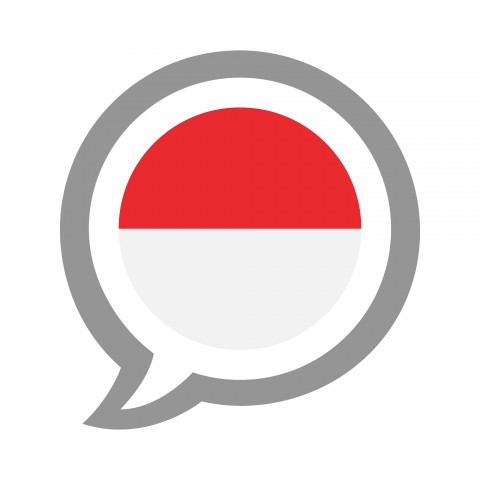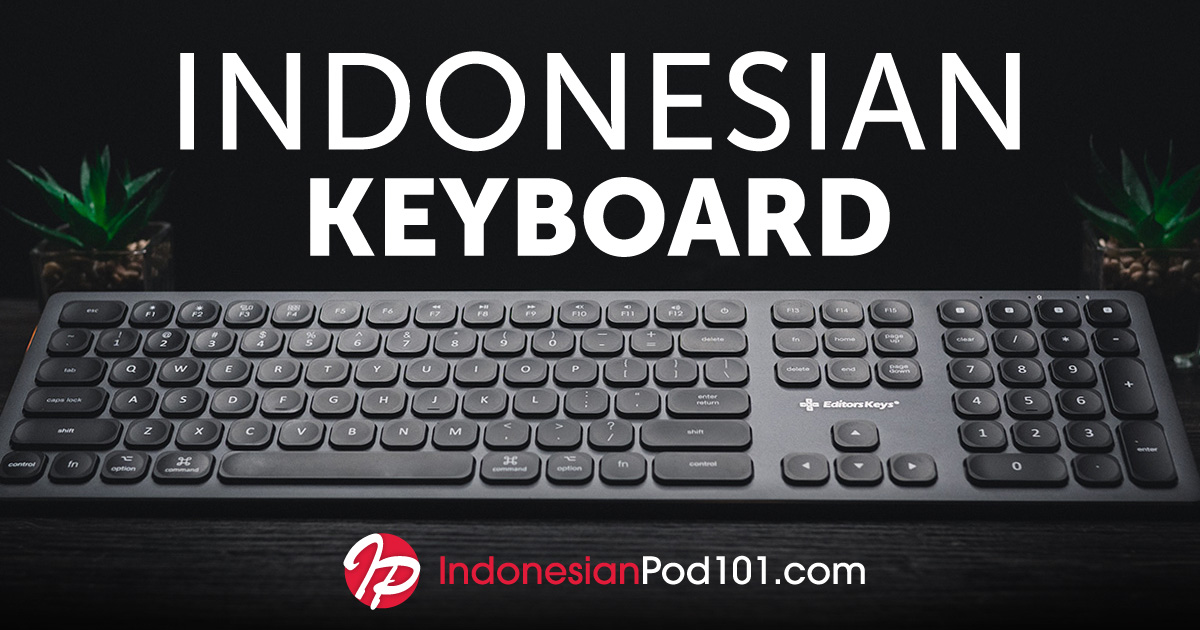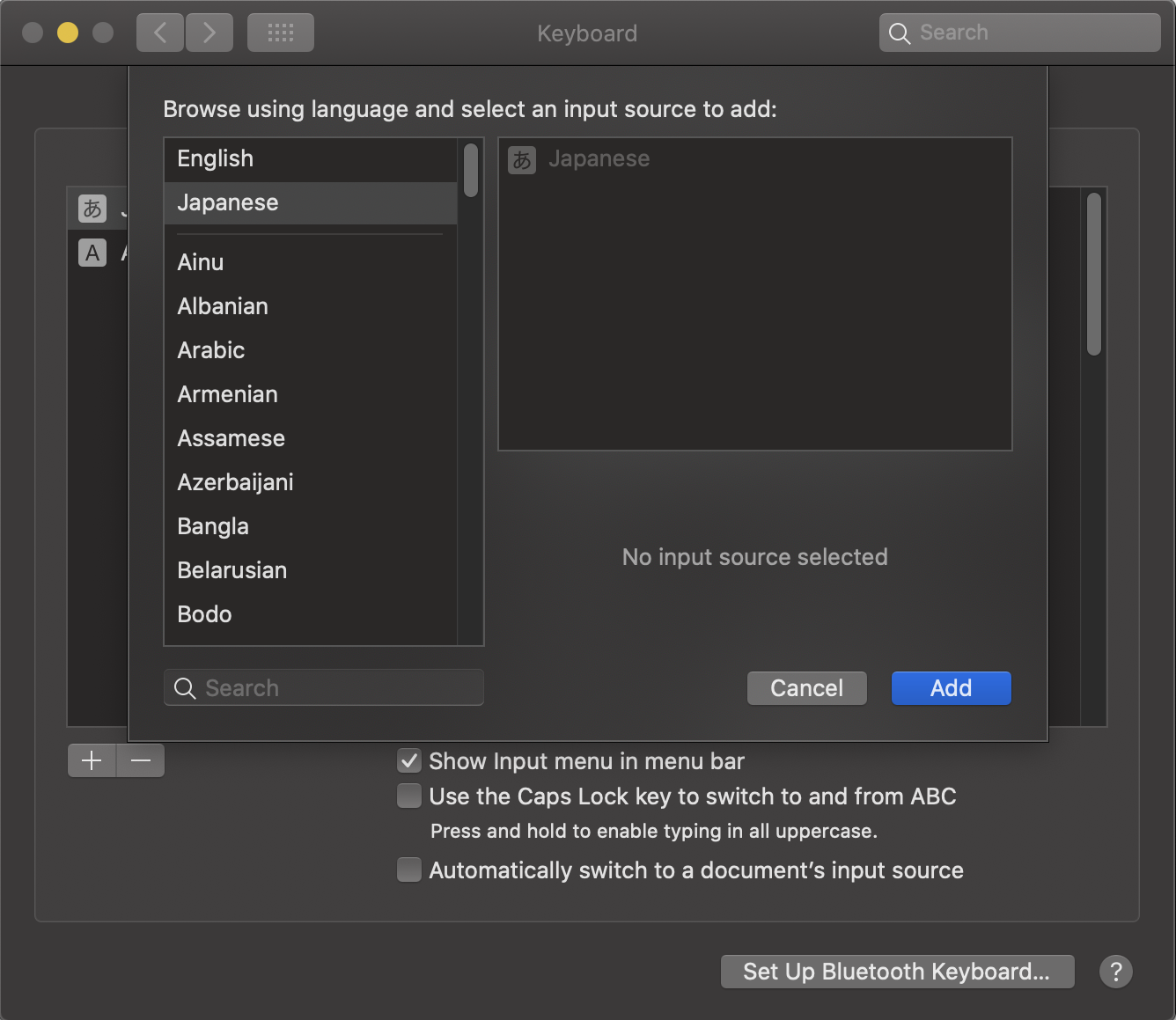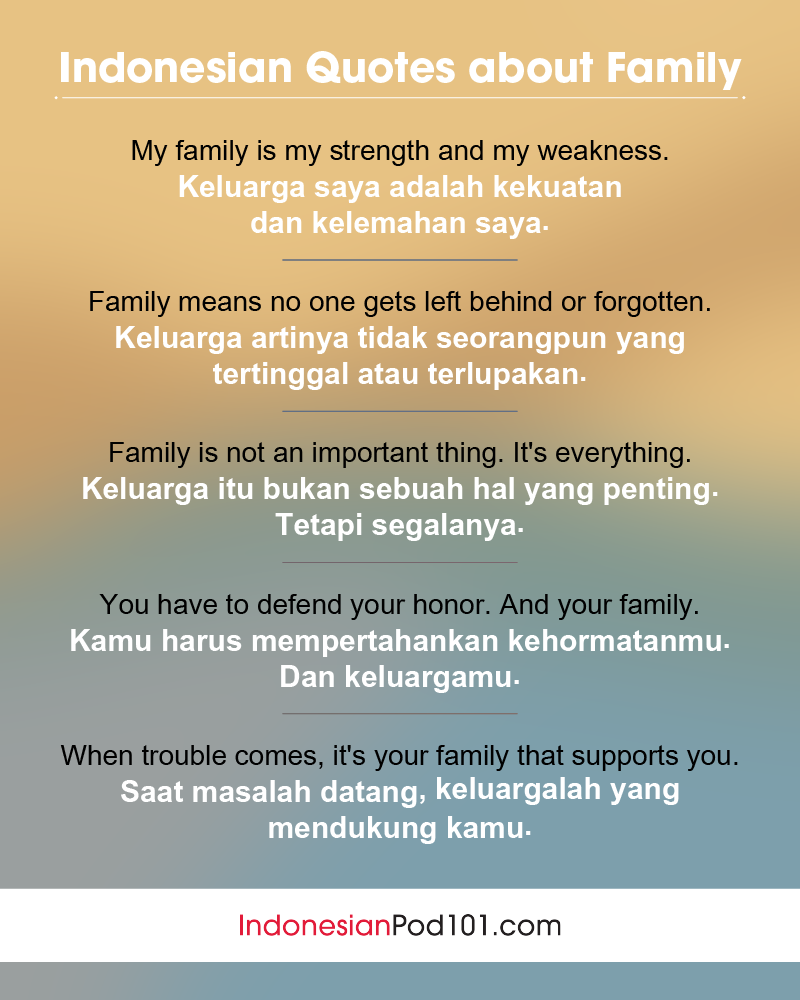
Those who have tried know: Learning a foreign language may not be easy, but it’s an amazing and fulfilling process. By learning to understand, speak, and think in a foreign language, we add a new skill to our repertoire—but that’s not all! We can also change the very way we see the world.
But in today’s civilization, time is money and many of us feel too trapped by responsibilities to try mastering a language ourselves. So if you’re planning to study Indonesian, an important question to ask yourself is: How long does it take to learn Indonesian? And perhaps more importantly: Is it worth the investment?
Did you know that Indonesian has a lot of words that can’t be translated into English? One of my favorites is faedah, which describes something that has a value and a benefit that goes beyond the commercial (and even the material) aspect. It’s a real, intrinsic value… Just like that of learning a new language!
Everyone wants to reap the benefits of hard work as soon as possible, and this is why we all instinctively look for a fast and easy way to learn foreign languages. We want to start practicing right away and use our new skills to find a better job, to travel, or to better communicate with a loved one.
We would certainly like to know exactly how long it takes to learn a new language, so that we can make plans… But, unfortunately (or not), language learning does not work like that. There’s no one best or fastest way to learn Indonesian, and above all, there is definitely no set timetable for it!
Everyone learns differently, and lots of different factors will influence how quickly you learn.
Let’s have a look at what these are, and maybe try to find the best way to take advantage of them to learn Indonesian fast!

 Table of Contents
Table of Contents
- Experience
- Learning Style
- Approach
- How Long Does it Take to Achieve Beginner/Intermediate/Advanced Level?
- How Our Website Can Help
Experience
One of the essential factors to take into account when trying to determine how quickly you can learn a language is your actual experience with languages.
The Language(s) You Speak
What is your first language? And what other foreign languages do you speak?
Yes, this may actually make a difference in how quickly you’ll be able to learn Indonesian. If you know a language very closely related to Indonesian, such as Malay, it will be way easier for you to pick it up.
If you’re a native speaker of English, the FSI (Foreign Service Institute) classifies Indonesian as a Category II language. This is halfway between the easiest and the hardest languages to learn for English speakers!
Your Previous Language Learning Experience
Have you learned a language before?
If you’re already fluent in two or more languages (for example, if you were raised bilingual), it will be easier for you to learn Indonesian. Several studies show that bilinguals find it easier to learn a third language, because they’re more accustomed to being exposed to a new language.
Even if you’re not bilingual or fluent in a foreign language, just having studied and learned one at some point in your life will be useful. When your mind has had to get used to memorizing words and rules, and looking at different letters and symbols, it will not forget it—even after many years.
Basically, the skills you developed studying one language will actually help you learn another, even if the two languages are unrelated!
Your Previous Grammar Knowledge
One of the first things you’ll do when learning a foreign language is to study how it’s built and how it works. This is usually done by studying its structure and grammar.

If you already have some experience studying syntax and grammar, even if just for your own language, it will make it much simpler for you to learn the grammar and syntax of a foreign language.
So, if your plan is to start learning Indonesian (or any other language), it’s definitely a good idea to get some grammar foundations to build on!
Learning Style
The way you learn is another incredibly important aspect of how long it will take you to become fluent in Indonesian.
Your Methods
If you limit your learning to a classroom setting, even on an intensive course, it will take you longer to learn and feel confident with your language skills outside the classroom. Try exposing yourself to Indonesian in your everyday life and I assure you that you’ll cut down the time you need to learn it!
Make a habit of reading in Indonesian, watching Indonesian films and series, and listening to Indonesian podcasts while you drive or cook. This will help, but if you want to practice your conversation and speaking skills as well, the best thing you can do is find a language partner.
Your Time
Of course, even if we haven’t mentioned it yet, the time you dedicate to learning a language is paramount!
If you want to learn quickly, try to dedicate as much time as you can to studying, practicing, and exposing yourself to the language.
Practicing daily is a must: Research has actually shown that students who dedicate an hour a day to language learning—whether revising grammar, memorizing vocabulary, watching a film, or reading a book—learn significantly faster than those who just stick to weekly multi-hour classes.
And of course, if you have the opportunity, full immersion is best. If you can travel to Indonesia and live there for a while, that will make a huge difference!

Approach
Your approach and attitude while learning a foreign language are extremely important, and might make all the difference!
Your Motivation
It’s no secret: Staying motivated and interested is essential for learning a foreign language. Why are you learning Indonesian?
Have this clear in your mind and use the reasons you find to set weekly (or even daily) goals for maximum efficiency. This strategy will not only help you stay motivated and interested in learning, but it will also make you want to put more effort into it.
Your Attitude
Keeping your motivation up will help you learn more easily and quickly, and it will go hand in hand with maintaining a positive attitude. This is a winning strategy you should adopt during your language learning journey!
Try to see learning as a fun and interesting activity; something that you’re choosing to do, rather than being forced to do.

Remember: Learning a foreign language will open your horizons and mind, both on a personal and a professional level, to say the least.
When you think of it like this, you’ll always feel like learning something new every day, which will make the process more fun and much faster!
How Long Does it Take to Achieve Beginner/Intermediate/Advanced Level?
So, even if these are all just estimates, we’ve tried to put together a timeframe encompassing how long it will take you to reach a beginner, intermediate, and advanced level of Indonesian.
Beginner
As a beginner speaker of the language, you’ll be able to introduce yourself, understand slow and clear spoken language, and ask basic questions (probably making some small mistakes).
If your objective is to be able to greet people, have very basic conversations, and order a meal at the restaurant, this level is probably enough.
According to the FSI, you’ll need to dedicate a minimum of 250 hours to reach this level. If you study 15 hours a week, you’ll be having basic conversations in just 4 months! That’s pretty fast, isn’t it?
Intermediate
Do you want to learn the Indonesian language to a more advanced level?
At the intermediate level, you’ll be able to understand clearly spoken everyday conversation, maybe asking some questions to keep up. This level will also allow you to understand the main points while watching videos and reading the news. If you’re traveling, you’ll be able to ask for information, follow directions, and have basic interactions with locals about familiar subjects.

To achieve an intermediate level, you’ll need double the time as you did for the beginner level. This means about 500 hours, which, with the same intensity of study as mentioned above, will take you around 8 months.
Advanced
If you want to be fluent in Indonesian, you’ll need to achieve advanced language skills. At this level, you’ll have no problem navigating all kinds of situations in your daily life abroad or while traveling, and you’ll be able to have full conversations with native speakers. You’ll also be able to watch Indonesian movies and read books… Basically, you will be fluent. (Even if there will always be something more to learn about this beautiful language.)
As we mentioned above, according to the FSI, Indonesian is a Level II language and thus requires 900-950 hours of study time if you want to reach total proficiency. This means that if you dedicate 15 hours a week to studying, you’ll be fluent in just over a year! Not bad if you consider that some other, more complex, languages require twice or even three times as long!
How Our Website Can Help
What are you waiting for? Now is the perfect time to start learning a new language!
And, as we just saw, the sooner you start learning, the faster you’ll achieve your language objectives and start practicing real-life Indonesian.
Looking for a great online Indonesian resource to get you started? On IndonesianPod101.com, we offer all kinds of language learning content designed to help you stay motivated and interested. Here you’ll find blog posts, Indonesian lessons for all levels, a dictionary, and vocabulary lists.
How long it takes you to learn Indonesian just depends on you. How much time are you willing to invest in it? Our courses and resources are specifically created to give you all the right tools to learn Indonesian as quickly and easily as possible, so that you can make the most of your precious time!
Whether you’re a complete beginner who wants a full-immersion experience or an intermediate speaker who just needs to widen your vocabulary, you’ll find what you’re looking for here.
Before you go, let us know in the comments if this article helped you make a decision about Indonesian—or if you still have questions for us! We’d be glad to help.













 Table of Contents
Table of Contents












 Table of Contents
Table of Contents














